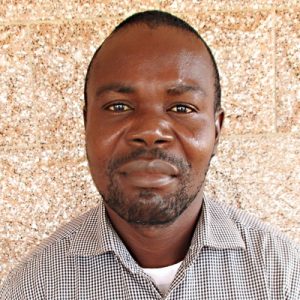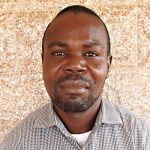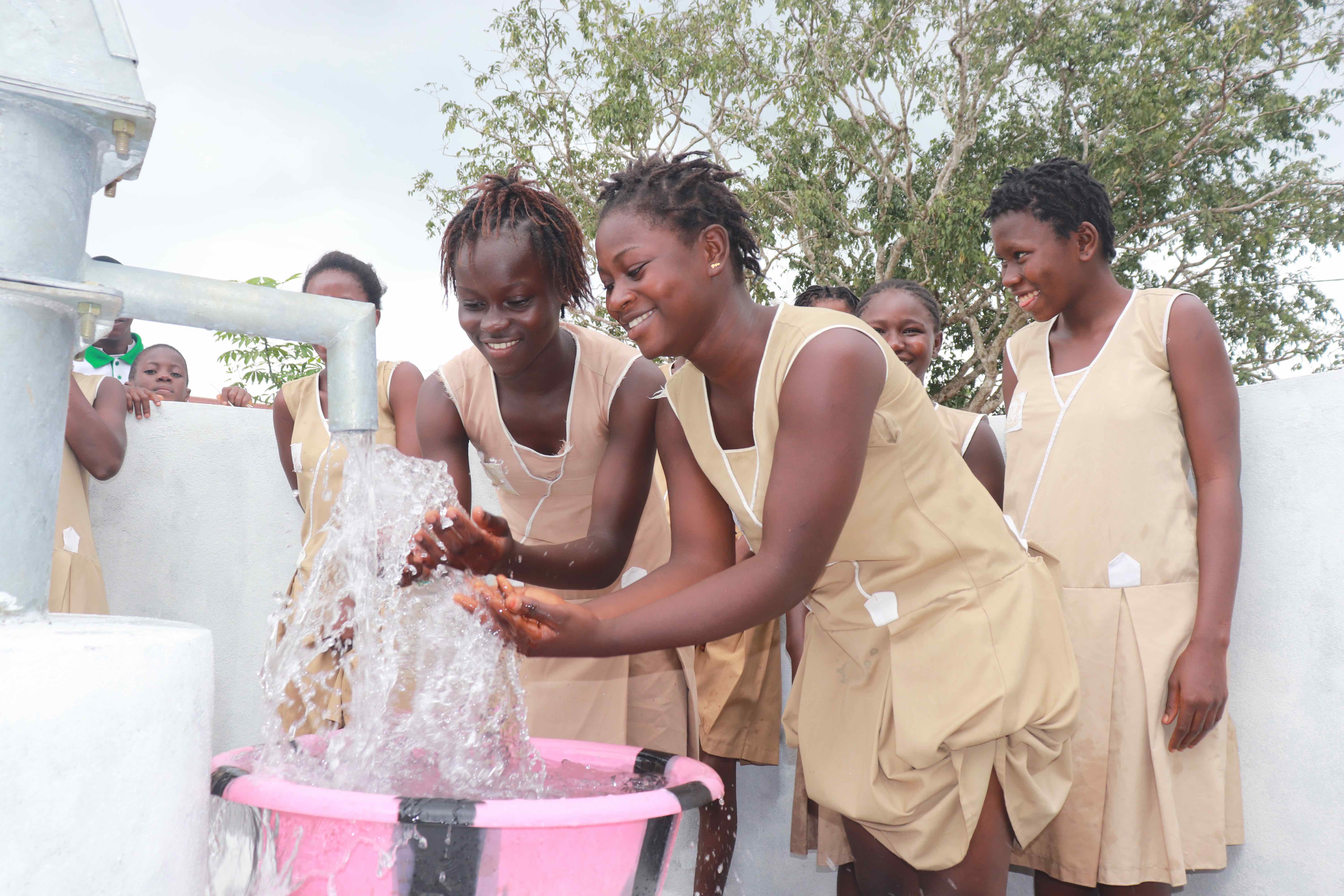Saint Joseph Jr. Secondary School was founded in September 2004 in Masoila, Sierra Leone. This school was founded by Reverend Peter Mansaray, who also served as the first Principal of the school. The school started with two classrooms in a single building and an enrollment of seventy boys and eighty girls. There was six staff in service for the school, and the school operated on a single shift.
Presently, the school is one of the largest schools in Lungi, with many students and staff. It has a big compound ideal for different learning activities. The school is now a household name within and even beyond the Lungi community. It has 335 girls and 335 boys, making a total of 670 students with twenty-five staff. Presently, there are ten classrooms available for learning in the school.
The breakdown of the main water source of the school is a great challenge to the school, but especially to the students. Every classroom in the school has a drinking bucket that needs to be filled each morning. Three handwashing buckets also need to be filled with water. The school prefects are mandated to select other students to fill the buckets for handwashing and drinking purposes throughout the day.
"In school, it is challenging to get access to quality water to drink because our school pump is not working now, so I have to go out to look for good and sufficient water to drink after eating during lunch," said student Sumaila B.
It is challenging for those selected students to travel off school grounds to fetch water for handwashing and drinking purposes. Because of the lack of a functional water point at the school, there is always insufficient water to use or drink.
Being out of class to fetch water causes some students to miss class time. This negatively affects their performance in class and during examinations. Teachers also need water to drink and wash their hands after teaching. But because of the water shortage, staff find it difficult to wash their hands as often as they want. Some teachers prefer to buy packets of water to drink because of this, but not everyone does, and it is more of a bandaid than a solution to the problem anway.
"The current water situation in the school is challenging for me and the entire school management as well as the community. I always find it difficult to manage the little water available in school and at home because it is not enough to do all the exercises I have to do," said teacher Erica Kotio.
"Managing water is extremely hard for me because most of our daily activities need water, and without sufficient water, it is exceedingly difficult to practice proper hygiene and sanitation."
Here’s what we’re going to do about it:
Well Rehabilitation
The well marked for this overhaul is dry for a few months every year and needs major work to supply adequate, clean water to the community year-round. We will remove the pump, and a hand auger will be lowered inside and powered by a drill team. This hand auger will allow the team to drill several meters deeper to hit a sufficient water column to ensure the well supplies water throughout all seasons.
As the team drills, the casing will be installed, transforming the bottom of this hand-dug well into a borehole. PVC piping will connect this lower system directly to the pump, a construction that we know will also improve the quality of water. Once this plan is implemented, everyone within the community will have access to safe drinking water, even through the dry months.
Hygiene and Sanitation Training
Our team will offer hygiene and sanitation training sessions for three days in a row. After our visit, the hygiene and sanitation trainer decided it would be best to teach community members how to build a tippy tap (a hand-washing station built with a jerrycan, string, and sticks). They will use these tippy taps for handwashing demonstrations and will also teach about other tools like dish racks and the importance of properly penning in animals.
This training will also strengthen the water user committee that manages and maintains this well. They enforce proper behavior and report to us whenever they need our help solving a serious problem, like a pump breakdown.

 Borehole Well and Hand Pump
Borehole Well and Hand Pump
































